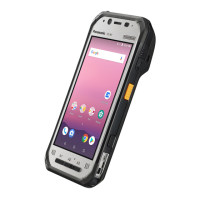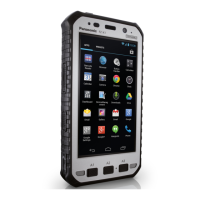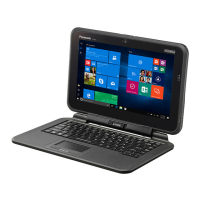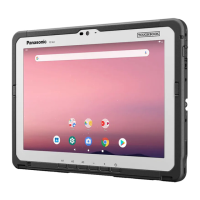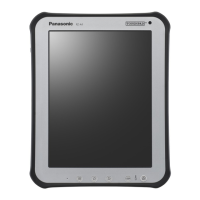11
Read Me First
Federal Communications Commission
Radio Frequency Interference Statement
1RWH7KLVHTXLSPHQWKDVEHHQWHVWHGDQG
found to comply with the limits for a Class B
digital device, pursuant to Part 15 of the FCC
Rules. These limits are designed to provide
reasonable protection against harmful in-
terference in a residential installation. This
equipment generates, uses and can radiate
radio frequency energy and, if not installed
and used in accordance with the instructions,
may cause harmful interference to radio com-
munications. However, there is no guarantee
that interference will not occur in a particular
installation. If this equipment does cause
harmful interference to radio or television re-
ception, which can be determined by turning
the equipment off and on, the user is encour-
aged to try to correct the interference by one
RUPRUHRIWKHIROORZLQJPHDVXUHV
z
Reorient or relocate the receiving antenna.
z
Increase the separation between the
equipment and receiver.
z
Connect the equipment into an outlet on
a circuit different from that to which the
receiver is connected.
z
Consult the Panasonic Service Center or
an experienced radio/TV technician for
help.
Warning
To assure continued compliance, use only
shielded interface cables when connecting to
a computer or peripheral. Also, any changes
RUPRGL¿FDWLRQVQRWH[SUHVVO\DSSURYHGE\
the party responsible for compliance could
void the user’s authority to operate this equip-
ment.
)&&5)([SRVXUH:DUQLQJ
z
This equipment is provided with PC Card
slot that could be used with wireless trans-
PLWWHUVZKLFKZLOOEHVSHFL¿FDOO\UHFRP-
mended when they become available.
Other third-party wireless transmitters
have not been RF exposure evaluated for
use with this computer and may not com-
ply with FCC RF exposure requirements.
<Only for model with wireless LAN/wireless
WAN/Bluetooth>
z
This equipment complies with FCC radia-
tion exposure limits set forth for an uncon-
trolled environment.
z
This equipment may not be co-located or
operated with any other antenna or trans-
mitter.
z
This device meets the government’s re-
quirements for exposure to radio waves.
This device is designed and manufactured
not to exceed the emission limits for expo-
sure to radio frequency (RF) energy set by
the Federal Communications Commission
of the U.S. Government.
z
The exposure standard for wireless device
employs a unit of measurement known as
WKH6SHFL¿F$EVRUSWLRQ5DWHRU6$57KH
SAR limit set by the FCC is
1.6 W/kg.
* Tests for SAR are conducted using stan-
dard operating positions accepted by the
FCC with the device transmitting at its
KLJKHVWFHUWL¿HGSRZHUOHYHOLQDOOWHVWHG
frequency bands.
Although the SAR is determined at the
KLJKHVWFHUWL¿HGSRZHUOHYHOWKHDFWXDO
SAR level of the device while operating
can be well below the maximum value.
This is because the device is designed
to operate at multiple power levels so as
to use only the poser required to reach
the network. In general, the closer you
are to a wireless base station antenna,
the lower the power output.
<Only for model with wireless LAN>
This product is restricted to indoor use due
to its operation in the 5.15 to 5.25
GHz
fre-
quency range. FCC requires this product to
be used indoors for the frequency range 5.15
to 5.25
GHz
to reduce the potential for harm-
ful interference to co-channel Mobile Satellite
systems. High power radars are allocated
as primary users of the 5.25 to 5.35
GHz
and 5.65 to 5.85
GHz
bands. These radar
stations can cause interference with and/or
damage this product.
25-M-W-1
This device complies with Part 15 of the FCC
Rules. Operation is subject to the following
WZRFRQGLWLRQV
(1) This device may not cause harmful inter-
ference, and
(2) This device must accept any interference
received, including interference that may
cause undesired operation.
5HVSRQVLEOH3DUW\
Panasonic Corporation of North America
Two Riverfront Plaza
Newark, NJ 07102
6XSSRUW&RQWDFW
KWWSZZZSDQDVRQLFFRPFRQWDFWLQIR
6-M-1
For U.S.A.

